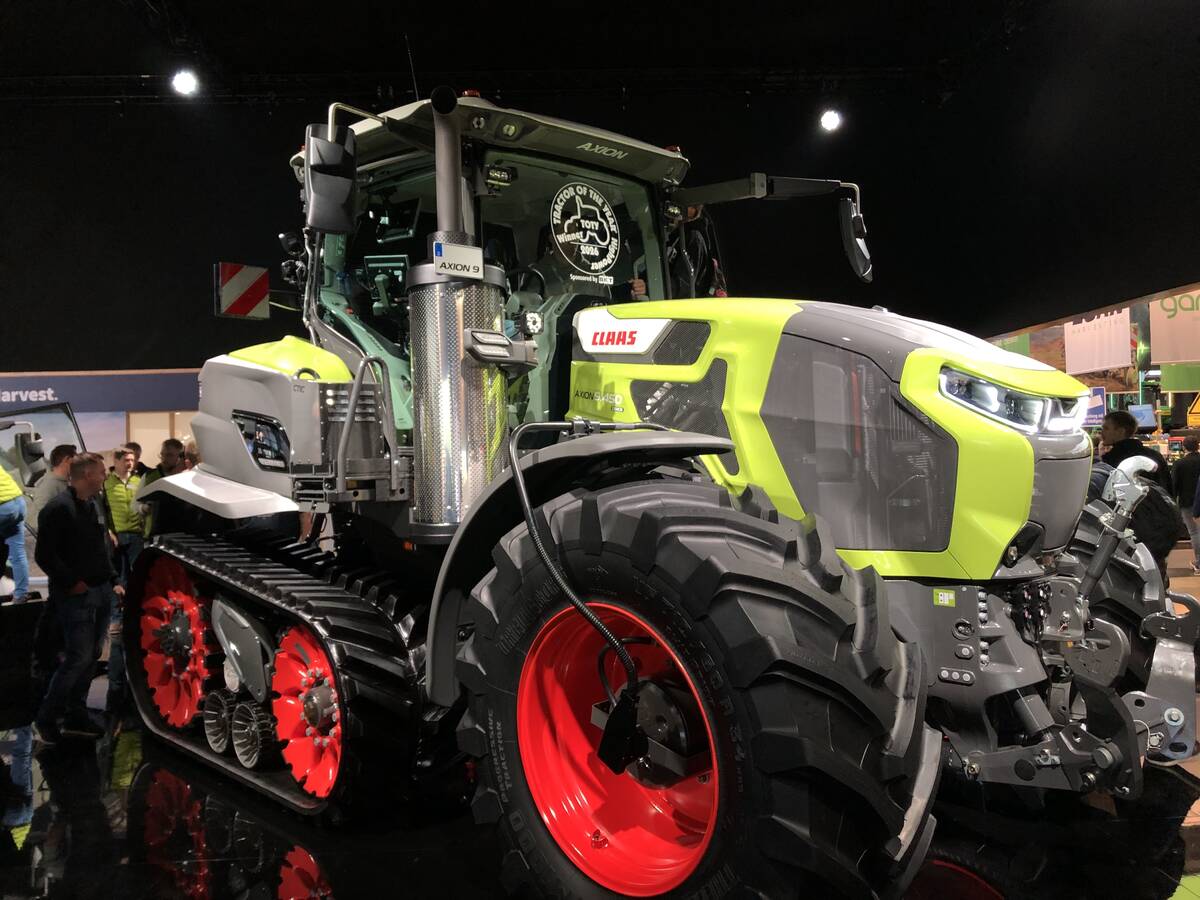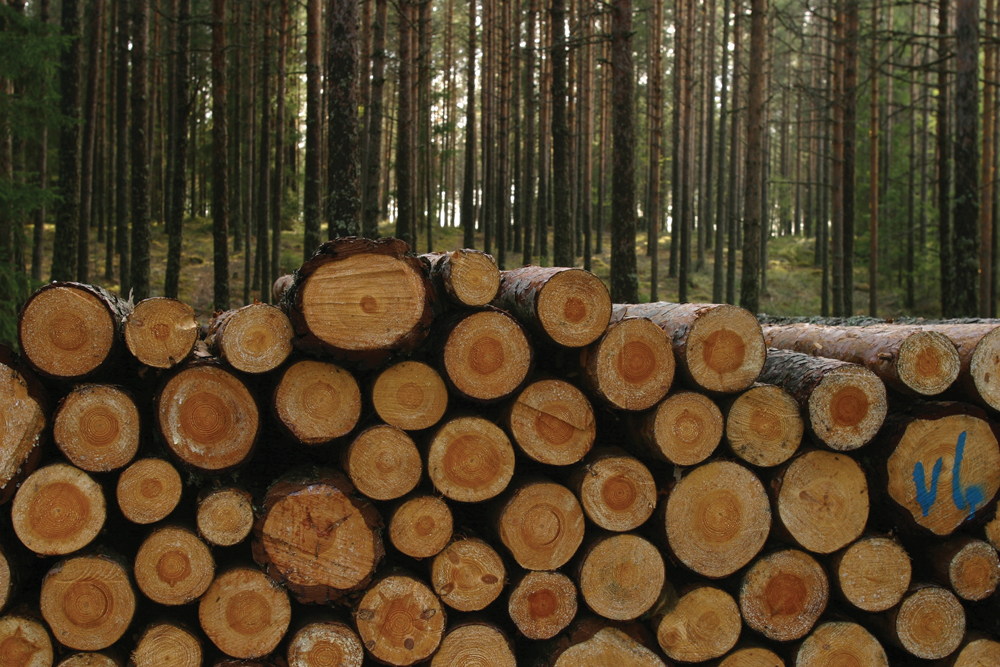Woodlot and acreage owners wanting some lumber cut can either pay someone to custom mill their trees or buy a sawmill and do it themselves.
“If it’s the latter, there are several things to consider before buying,” said provincial bioenergy/agroforestry specialist Toso Bozic. “These include the size of your operation, the sawmill type you buy, what you are going to cut, the production system, and the costs.”
The first step is deciding how much the mill will be used and how big the operation will be. Is the mill for hobby purposes, or for a part-time or a full-time business venture?
Read Also

VIDEO: Claas Axion 9 tractors showcase comfort features
German equipment manufacturer Claas showcased its new Axion 9 tractor series, including farmer-focused cab features, at the Agritechnica 2025 machinery show in November.
“A general rule of thumb is the less expensive the mill, the smaller the size of the operation,” said Bozic.
When it comes to circular as opposed to band mills, it’s a question of which is more important to the user: kerf (the width of the saw cut) or production, he said.
“The most important difference between band and circular sawmills is production and the kerf. Narrow kerf band mills have a thinner kerf of 3/32 (of an inch), while circular sawmills generally have about a one-quarter kerf. Because of the thinner kerf, band mills are able to convert up to 20 per cent more lumber out of each log than that of a circular mill. On the other hand, circular mills can cut much more lumber in an eight-hour day.”
Another factor to consider is whether logs will be sawn where they were harvested or transported to a stationary sawmill. Both methods have pros and cons.
“Stationary mills are built on solid foundations usually under a roof cover that allows saw production to be done in almost all weather conditions,” said Bozic. “They are generally larger and have a higher production rate. The disadvantage of a stationary mill is the cost of transporting the logs to the mill.”
Portable sawmills can be taken into logged regions, allowing sawing to be done in remote areas.
“Being portable, you will need a vehicle for towing. The larger the sawmill, the more powerful your towing vehicle needs to be. It’s also important to keep in mind setup and takedown time, as well as the cost of hauling lumber to the final destination.”















